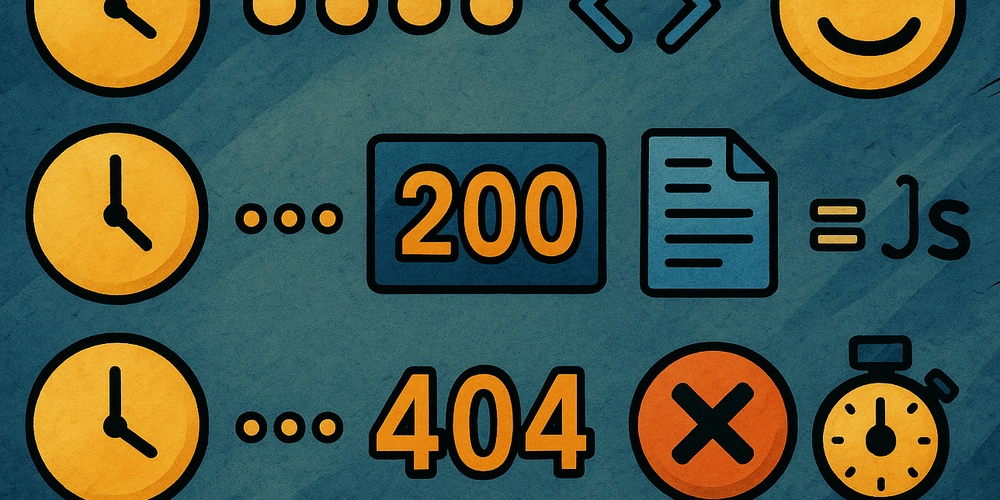Hacktoberfest: Open Source Reflections
You know what? This year Hacktoberfest taught me a lot. Among other things, I’ve found that adding emojis to status messages and/or server logs can really help. I’m a front-end developer, but I’m working more on the back-end now, and these “tricks” are helpful. Here’s how to implement them into your development cycle.
🤗 Take Inspiration From Hugging Face
While I was looking for projects to give my contributions, I found out that Hugging Face used emojis in their commit messages. Since I’m trying to find a way to better organize junior developers of my team, I asked myself if it was a good idea to do the same — and I think it definitely is. Why? Let me go deeper.
First of all, symbols are one of the most important means of communication. Some of you already use emojis in chapters’ titles: so do I, when it makes sense. But these habit is even more important when talking about logs. That’s why, when I saw that HF were using them in log and status messages, I started to do the same.
Emojis give the opportunity of immediately understand if something goes either right or wrong. Imagine having to read a log on CloudWatch. Sure, there are filters and search inputs, but how hard is it to find what you’re looking for? It can get really frustrating sometimes.
🦽 Accessibility Is Not Just About Sensory Perception
I’m neurodivergent. Just yesterday I took the final tests for an official ADHD diagnosis. I personally don’t have any cognitive deficits, but I might have colleagues who do. In any case, I also tend to get distracted. Having visual feedback that clearly identifies successes and failures is very helpful.
That’s why I think HF’s approach is brilliant. It’s often difficult to find a message that actually helps you understand what’s happening. Not only on AWS, where logs aren’t color-coded for status, but also in the terminal emulator. I saw that HF is using emojis in Python and JavaScript projects, and in my company we use both.
I think I’ll propose adopting emojis across all my team’s projects. I know, it’s a simple solution, yet I’d never thought of it before! It’s a small trick that can significantly improve productivity, especially when a team is expanding to include new members. And not everyone speaks the same language, even though we use English.
🎃 Tips and Tricks for Success (and Consistency)
I don’t recommend using too many emojis. It depends a lot on the company you work for, but in general I think there are two essential ones: the green check mark button ✅ for successes and the red cross mark ❌ for failures. They are enough to immediately identify what happened, without adding “noise”.
Surely if you work in a startup you can go further. In a corporate environment, I suspect some people would start complaining — at least, here in Italy. In my personal projects I’ve started adding a lot more symbols, but it’s just another way to get into the habit. I like to add a broom 🧹 for cleaning.
There are dozens of them. The security-related ones are very useful, in my opinion, like keys 🔑 and locks 🔒. Or even bugs 🐛. It’s your choice, but please don’t overdo it! Many implementations are tied to a specific programming language, such as Rust which has its own symbol 🦀 (and I’ve seen it used around before).
It’s a good idea to add a legend in the documentation and, perhaps, adopt a specific guideline for the entire team. I think I will do this for both my personal projects and those of my company. Not only because it’s kawaii, but also because I find it really useful. Others have probably been doing it for years.



